Blog
Stay in the know with expert guidance, driver tips, and more.
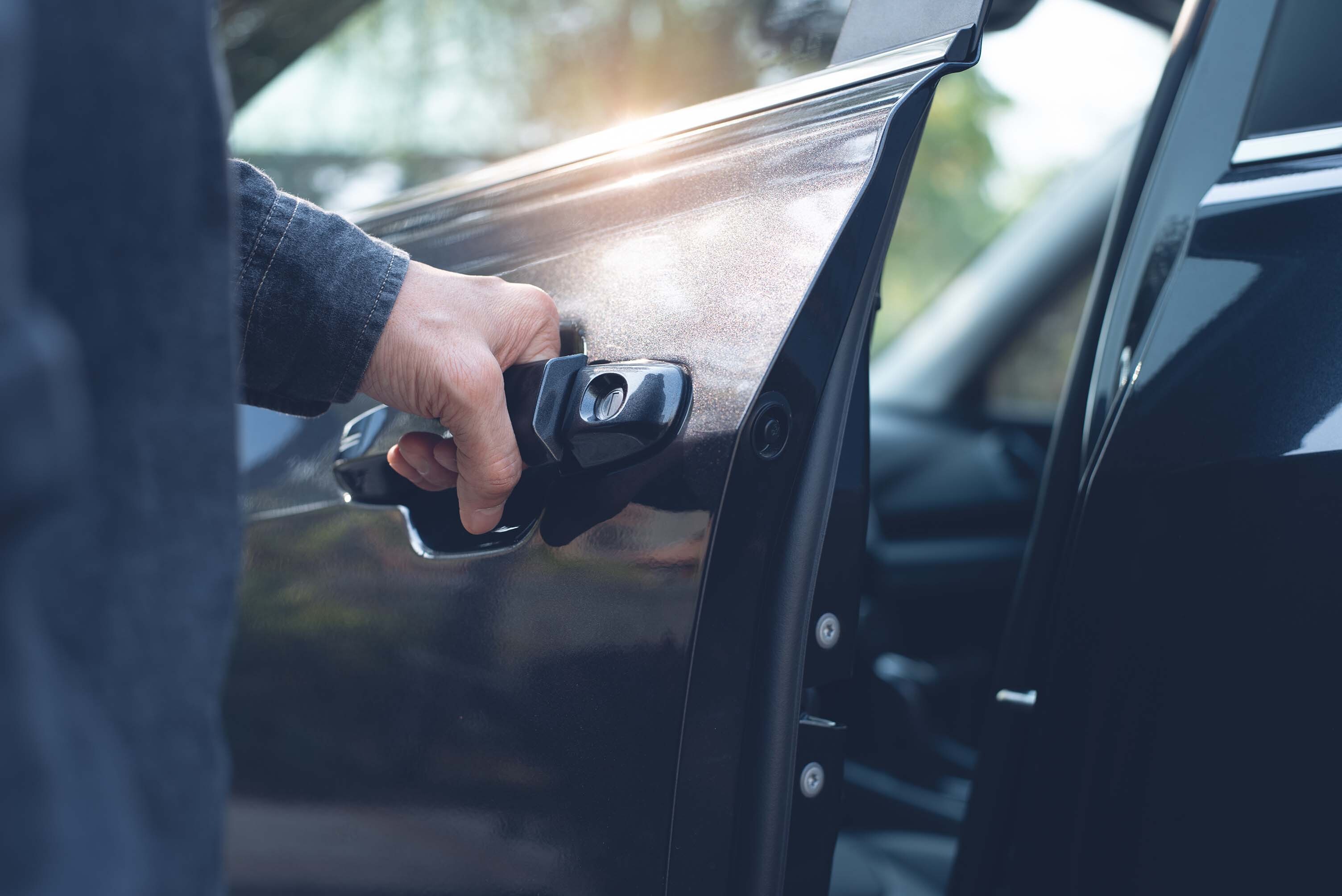
An INSHUR guide to understanding insurance cover levels Understanding the different types of insurance coverage is crucial for private hire drivers to ensure you have the protection that best suits yo...

As a hard-working private hire, delivery or van driver, your insurance needs may go beyond a standard policy. That’s why INSHUR now offers drivers the option to customise their cover with additional i...
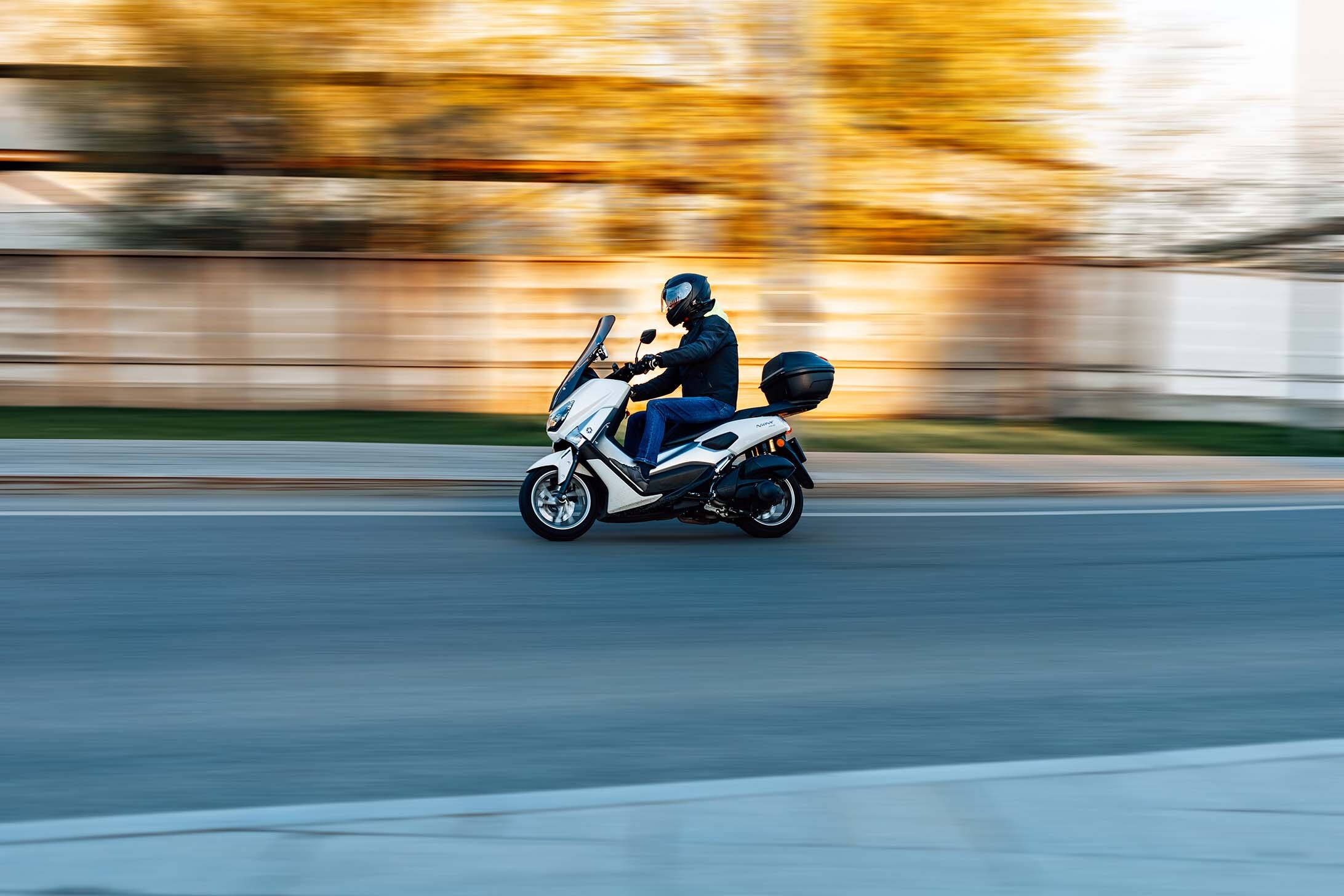
Since it’s launch in 2016, the Yamaha NMAX 125 has proven to be a steadfast choice for delivery drivers. In fact, according to our data at INSHUR, it’s the scooter of choice in two of our biggest citi...
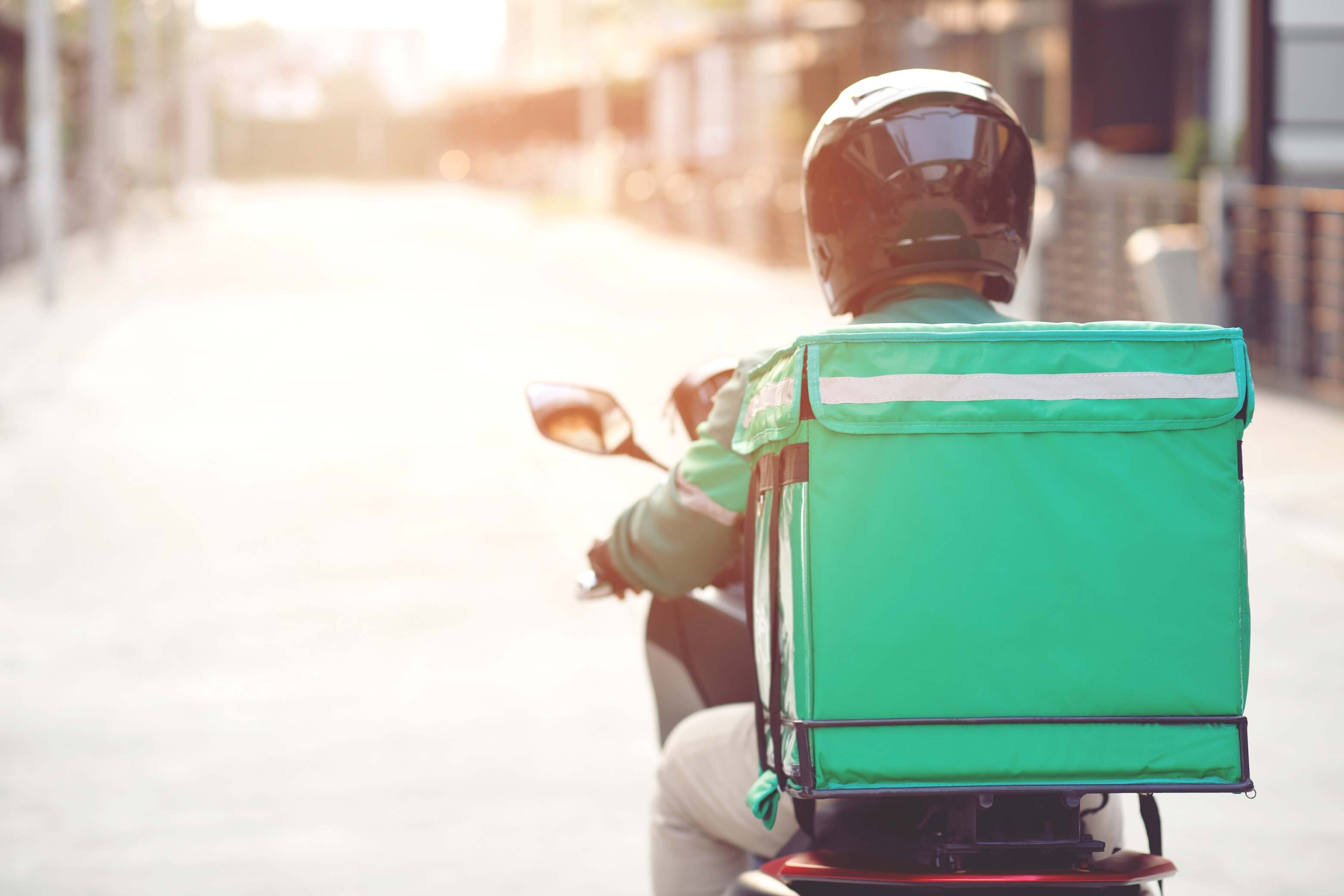
Everything you need to know about temporary fast food delivery insurance, in 3 minutes or less.
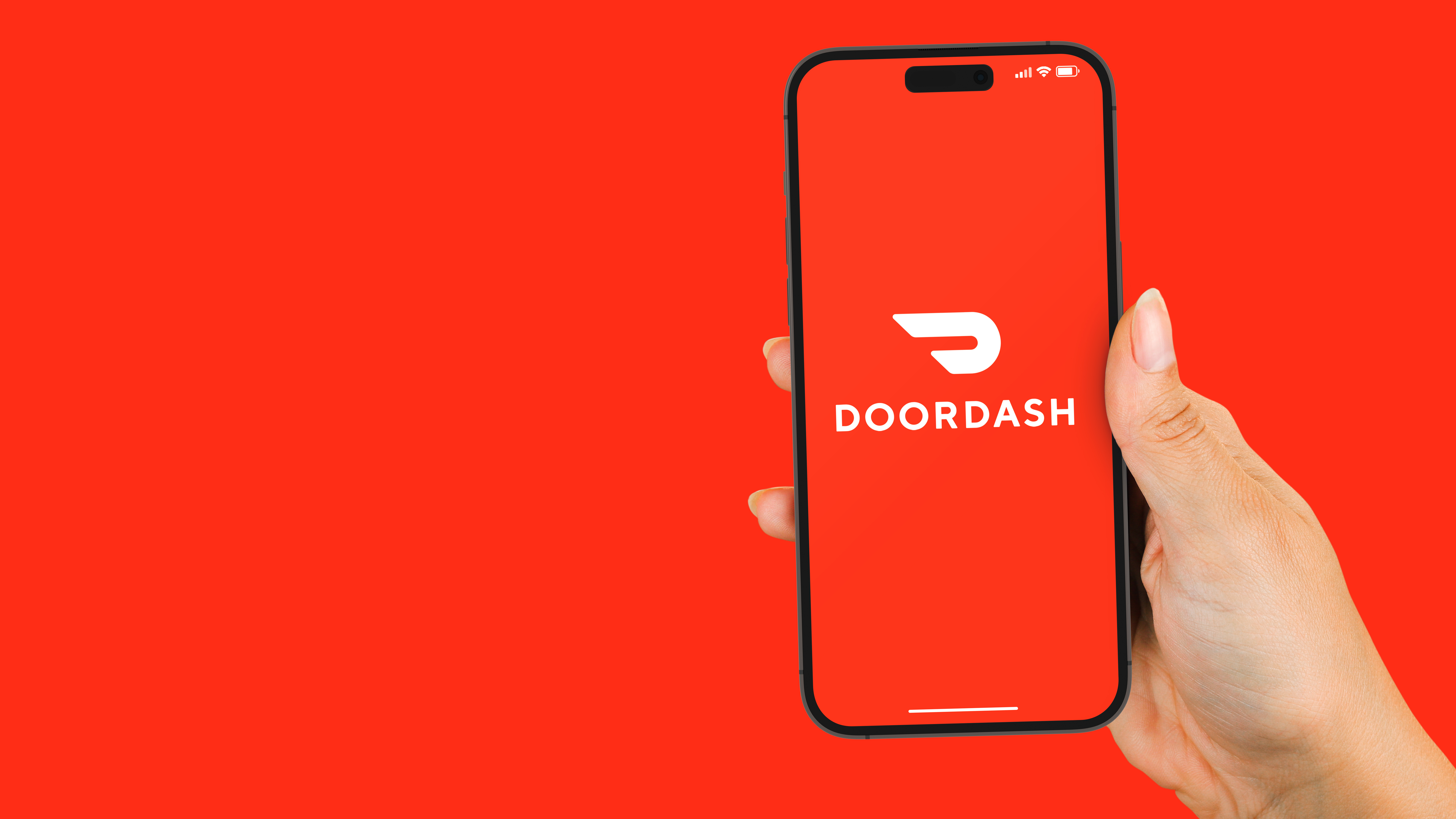
DoorDash, the largest food delivery app in the US, has agreed to buy UK delivery platform Deliveroo in a deal worth billions.
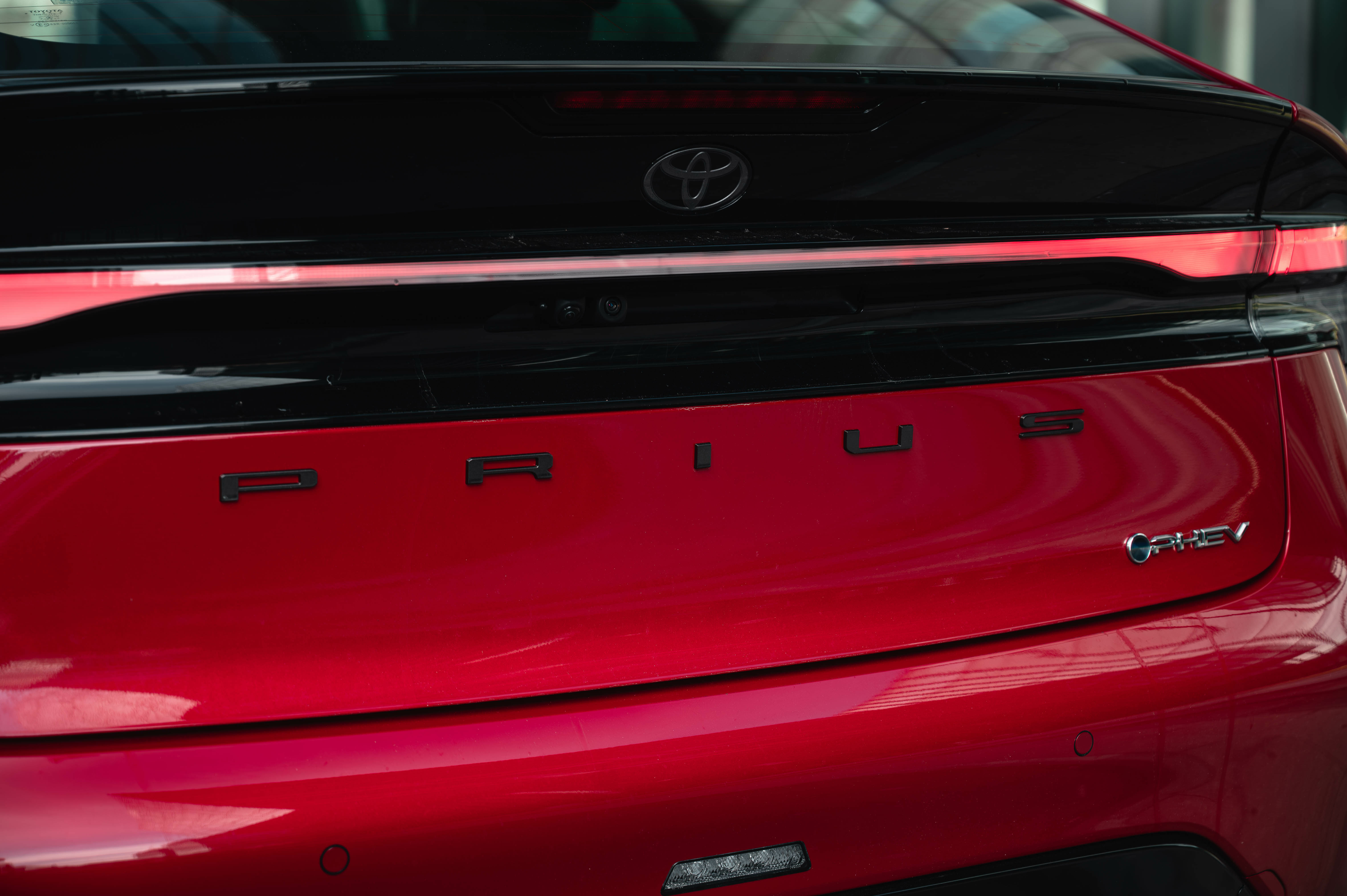
Since its launch almost 20 years ago, the Toyota Prius has become an icon of hybrid vehicles. After its introduction, the Prius quickly became the world’s best-selling hybrid vehicle, renowned for its...
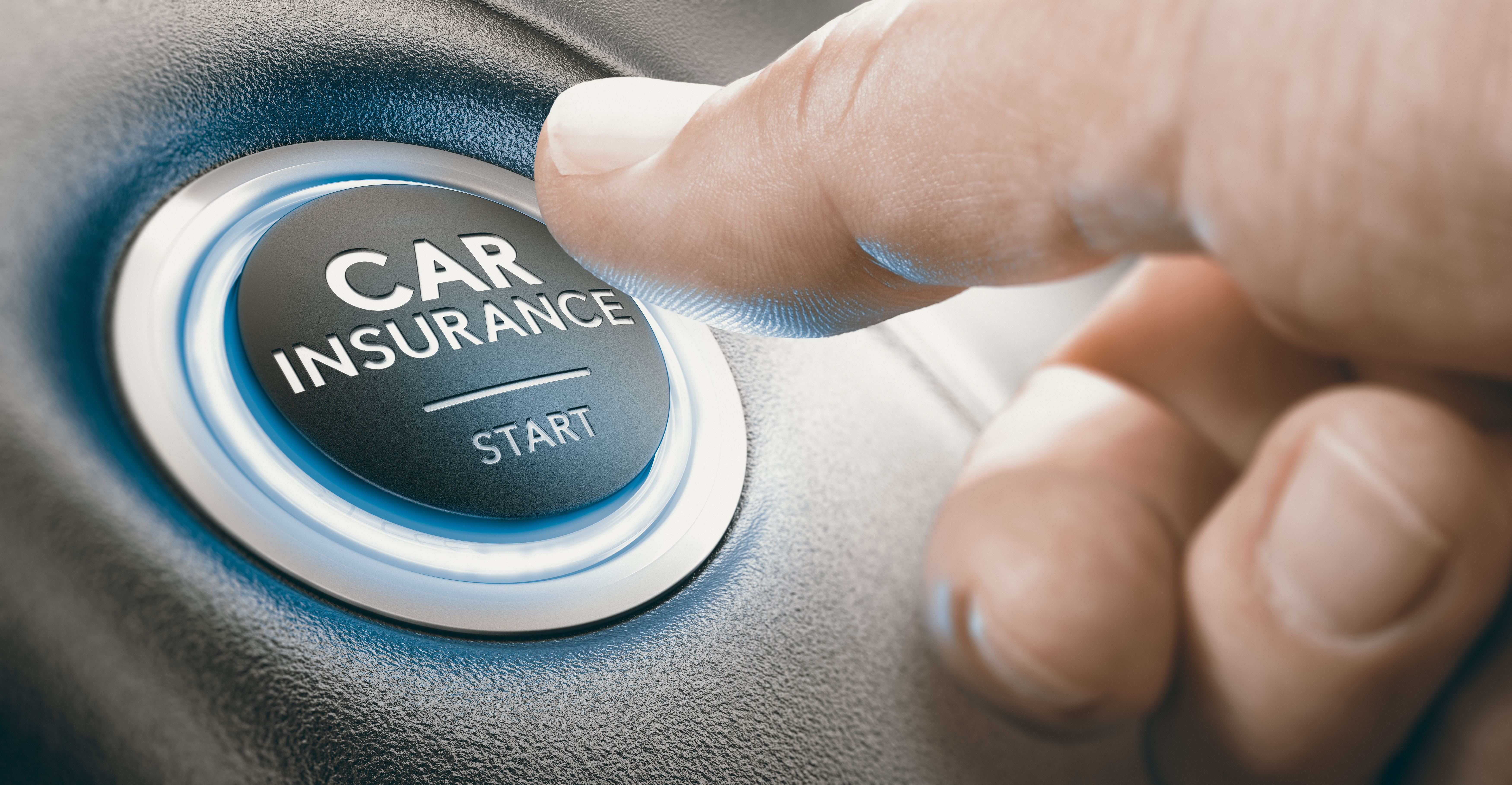
When you’re shopping around for an insurance quote, you might notice that prices can vary. But why does this happen? Here, we’ll break down some factors that influence your insurance quote to help you...
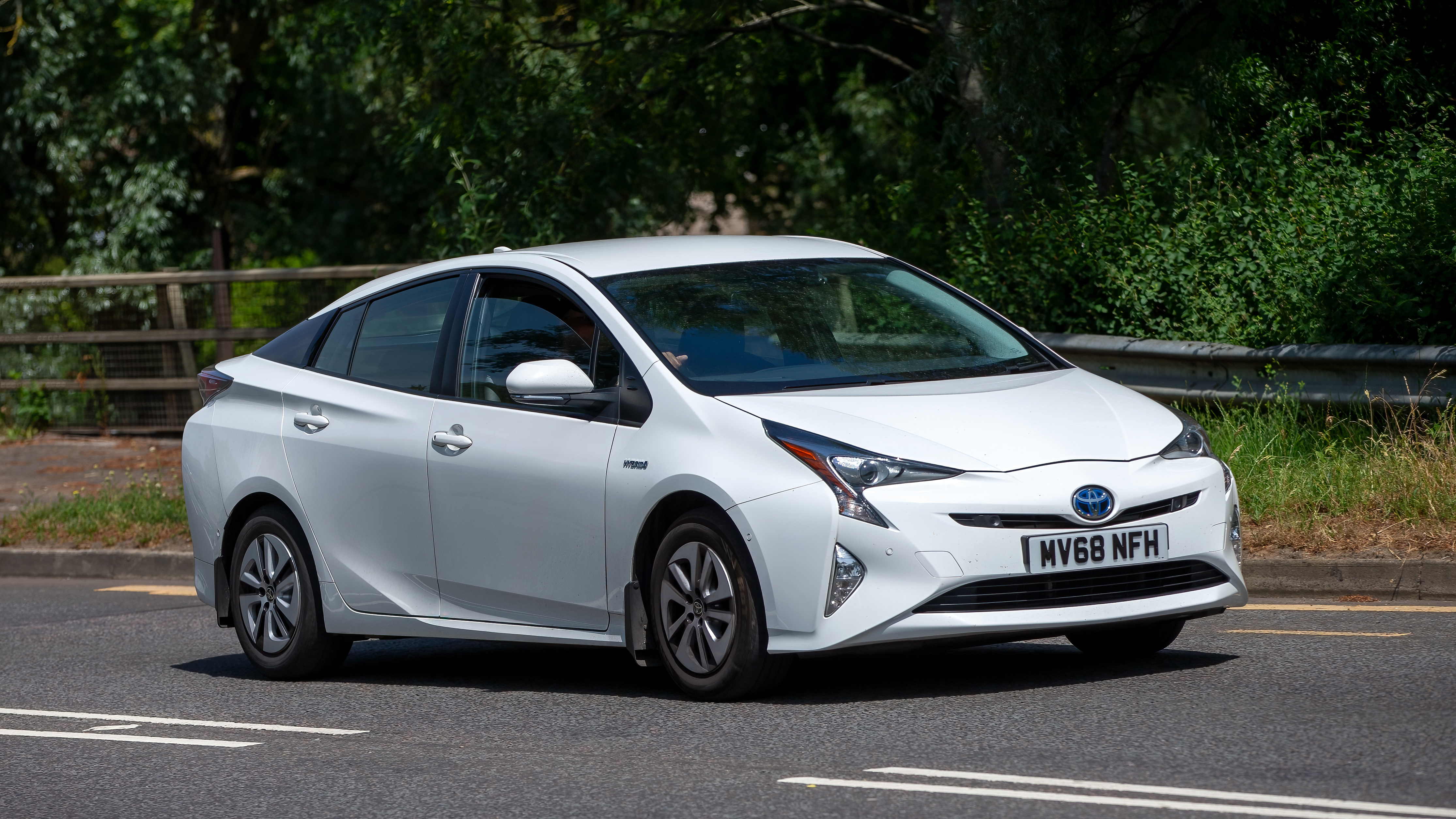
Since its launch almost 20 years ago, the Toyota Prius has become an icon of hybrid vehicles. After its introduction, the Prius quickly became the world’s best-selling hybrid vehicle, renowned for its...

If you’re thinking of becoming an Amazon Flex driver, it’s important to be aware of the correct insurance you’ll need before you start.

Whether you’ve just strapped on your delivery bag for the first time or have a seat full of takeaways every evening, there’s always something new to learn in the world of courier and food delivery wor...

The freedom of the road and working in the open air during spring can help boost your mood and energy levels.

We’ve all been there - driving at night or in the rain, even during the day, when suddenly you hear an almighty bang. Your heart sinks as you realise you’ve hit a pothole and worry about the potential...